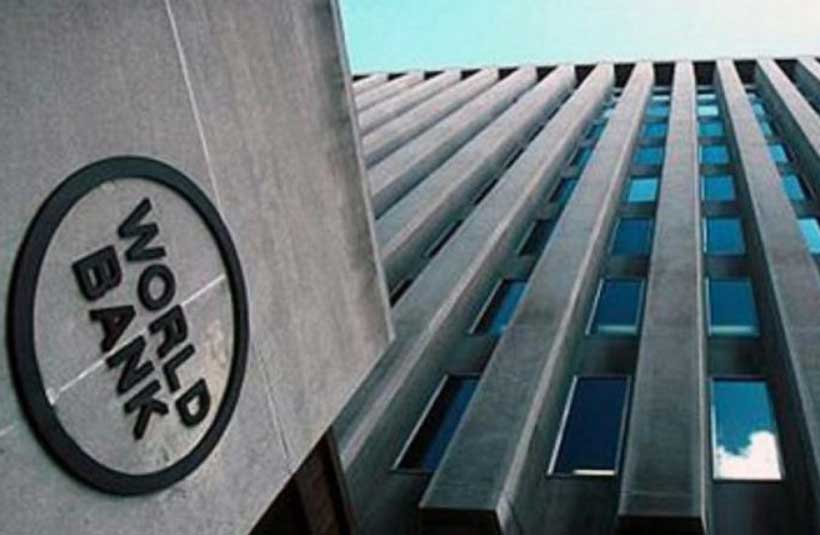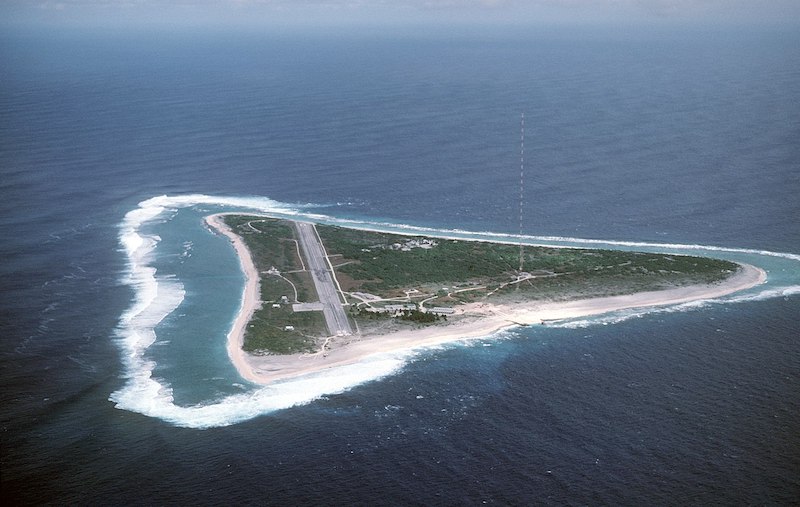Global lender says it will also draw up progress reports and climate action plans for countries it provides loans to
(AF) The World Bank agreed on Tuesday agreed to boost its spending on climate change to 35% from 28%. It has also said it will publicly release national action plans to help nations meet their climate accord targets.
The bank, which is the largest source of climate finance for developing countries, said it would also provide annual progress reports to its board after its draft climate-change action plan came under fire for lacking a clear implementation strategy.
Bank officials pledged to provide the board with regular updates, Genevieve Connors, who oversees the bank’s tracking and reporting of climate finance, said.
“This is really transformational in the way we do business,” she told Reuters. “One of the central differences of this (climate change action plan) is that we as the World Bank Group have now elevated climate to be central to everything that we do.”
The World Bank released some details of its five-year plan in April, saying it would help developing countries reduce greenhouse gas emissions by aiding the transition out of coal. But it drew fire for stopping short of halting all funding of fossil fuel projects.
The bank’s plan calls for increase the amount it dedicates to climate finance, which has totaled $83 billion over the past five years, peaking at $21.4 billion in 2020.
Environmental campaigners took aim at the new plan on Tuesday, saying its failure to completely end fossil fuel investments undermined the broader goals.
“The World Bank Group’s selective approach to phasing out fossil fuels is about as effective as throwing both water and gasoline at a house fire,” Luisa Galvao, a campaigner with the US arm of Friends of the Earth, said.
Connors said the bank would assess gas investments on a case-by-case basis and that gas projects would face high thresholds to win funding. In some cases, it makes sense to proceed with gas projects, she said, adding that there was no firm deadline for halting all such investments.
“It’s a moving target,” she said. “We see it as a journey towards decarbonisation … but our countries are all on different pathways and there always may be extenuating circumstances in which a particular natural gas project may make sense. But the hurdles are high, and proof needs to be shown.”
EU banks told to have 10-year ESG plans
Meanwhile, banks in the European Union must have a 10-year plan spelling out how they will deal with environmental, social and governance (ESG) risks to their bottom line, the bloc’s banking watchdog said on Wednesday.
Increasing volumes of money are going into climate-friendly investments and regulators want investors to have a reliable snapshot of a company’s green credentials.
A report from the European Banking Authority (EBA) on Wednesday set out recommendations for banks and their supervisors for approaching ESG risks and help the EU meet its goals of cutting carbon emissions by 2050.
Banks should plan strategically over a period of at least 10 years to show their resilience to different scenarios, disclose strategic ESG objectives, and assess the need to develop sustainable products, EBA said.
Climate risks can include “physical” or weather-related events like floods, and “transition” risks from sudden changes in asset values.
The EBA report looks at the second pillar of core banking rules that assess how risks at a lender are managed.
It is expected to set out detailed guidance for the third pillar relating to disclosures of risks later in the year. Work on pillar one or whether actual capital requirements need changing to reflect ESG risks, is expected at a later date.
The report builds on existing EU initiatives such as a taxonomy that defines a sustainable product, and disclosure rules for all types of companies.
The European Central Bank which regulates top euro zone lenders will use the report from the end of 2022 for updating its annual “SREP” review of whether banks hold enough capital to cover risks on their books.
All EU banking supervisors will be required to apply the report or explain any gaps.
“We are putting an initial emphasis on climate-related risks as data is more advanced, but banks should also advance their identification and understanding of social and governance risks,” said Fabien Le Tennier, a policy expert in EBA’s ESG Risks unit.
Banks typically plan strategically for up to five years ahead at present.
“Most of our recommendations will not come as a surprise for banks, but there will probably be a challenge for banks to meet all of them, at least in the near term,” Le Tennier said.
With reporting by Huw Jones at Reuters























